As I promised last week, today I want to give you a “sneak peak” into my new training course on script writing. This isn’t going to be about how to write a script, but something more elemental: how to spot a good sales script, or the deficiencies in a bad script. I chose these pages in particular because they have universal appeal. There’s something of value here for people currently using scripts and for those who are searching for a great script.
After implementing and troubleshooting this system with salespeople from startups to global institutions, I can tell you that the following specific elements MUST be in place for any script to be effective:
1. Use scripts that are proven. Certainty is essential to the sales process. Knowing that your scripts are solid out of the gate minimizes variables and allows you to focus on other elements of the sales process you can improve or make more efficient.
2. Use scripts that are formulaic in nature. Your scripts need to be able to be duplicated, easily understandable for any member of your sales team, and easily adjusted to any industry or for any outcome you desire. By having a basic structure in place, you can quickly and efficiently adapt your scripts to any context.
3. Use scripts that sound natural and pleasing to the ear. If the script isn’t written the way people normally speak, it will sound as though you’re reading from a script when you deliver your presentation. Such contrived speech will take away from your sincerity and power when trying to influence your potential sale.
4. Do not use scripts that are front-loaded. Though there is important information up front, the truly compelling information should be saved for “after the fact” or post-presentation to ensure there is more material to work with if you need to resell the product or handle objections.
Instead of giving away all your power up front, you want scripts that have stopping off points where you can run specific language patterns and then build toward ultimate certainty. The idea is that you go through part of the script to build certainty; then back off a bit; then re-approach again to make them even more certain.
You’re raising the prospect’s certainty little by little, while building rapport through dialogue at the stopping off points, versus trying to create it all at once, which is quite difficult.
Within the Straight Line system, this technique is called “Keeping Your Powder Dry” — saving your best points for when you really need them most, usually near the end.
5. Do not use scripts that are singular in nature. Your scripts are part of a series that takes you down the Straight Line. Most scripts lead to a canned presentation and then end with the salesperson asking for the order. The difference with Straight Line scripts is that they lead to other scripts depending on the potential buyer’s response.
The scripts drive the conversation or sale toward a clear and specific outcome, yet they also give you options to get to that ultimate outcome depending on how the conversation goes. They will take you from the opening to the close, through objections and rebuttals, all the while steering your course on the premise of the primary outcome you’re after, which is, of course, to close the sale as effectively and efficiently as possible. In other words, you may use six different scripts to go through the entire process from open to close.
If you’re currently working with a script and you’re not happy with the results, chances are pretty good that it fails in one or more of these five essential elements. So when evaluating a sales script, always start here.
Of course, there may be other issues affecting your ability to close a sale. Those issues are addressed in the script writing course I’ll be releasing soon. I promise, you’ll never look at scripts the same way once you see what I’ve put together. And you’ll never be the victim of a bad script ever again.
Course preview and screenshots
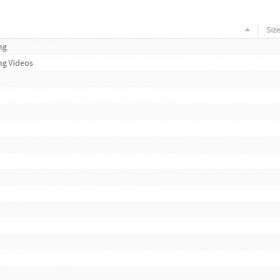 |
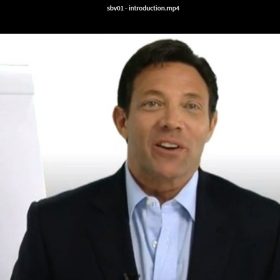 |
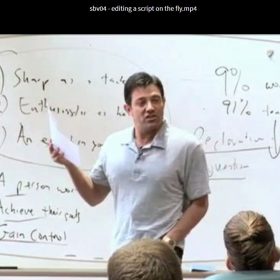 |
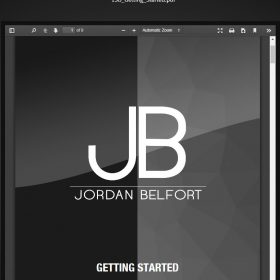 |
Jordan Belfort – Script Writing Contains: Videos, PDF´s



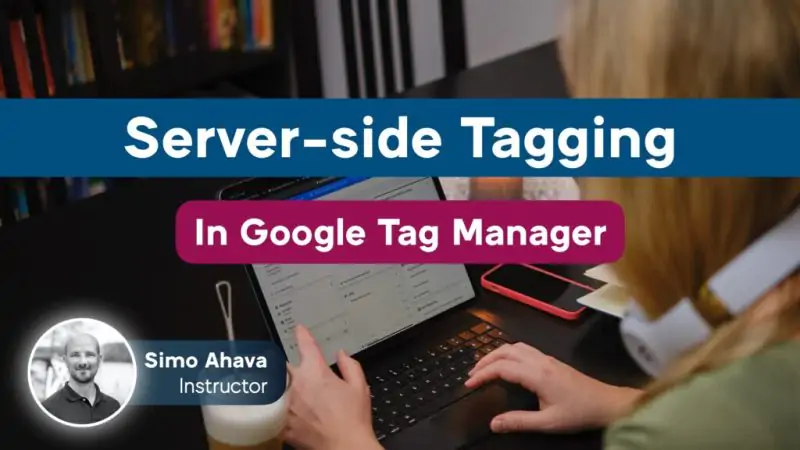

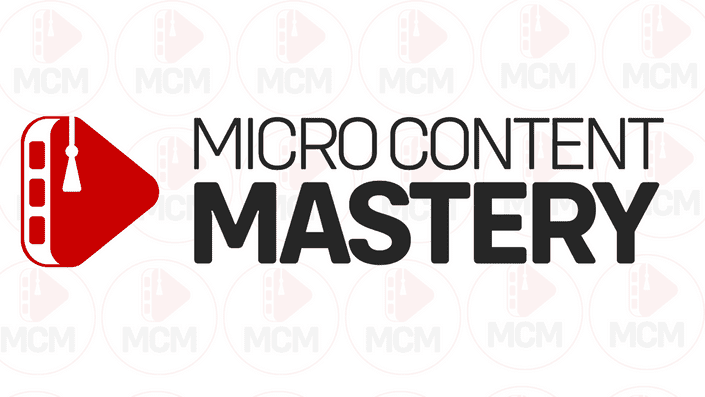
You must be logged in to post a comment.